This article provides a comprehensive overview of cloud simulators in cloud computing.
Download research paper titled: A Comparative Analysis of Cloud Simulators
If you are a researcher, and would like to cite the above mentioned paper, you can use the below text:
Suryateja, P. S. (2016). A Comparative Analysis of Cloud Simulators. International Journal of Modern Education and Computer Science, 8(4), 64.
Contents
Introduction
Although cloud computing‘s inception spans over a decade, still there are many challenging issues which requires a significant amount of research to be done. It is impractical for medium to small sized educational institutions and other organizations to establish a physical cloud for conducting research on cloud computing. It is not possible to perform benchmarking experiments in repeatable, dependable, and scalable environments using real-world cloud environments. A solution for this is to use simulators (virtual reality) which can simulate a real cloud environment.
A cloud simulator helps to model various kinds of cloud applications by creating data centers, virtual machines and other utilities that can be configured appropriately, thus making it easier to analyze. To date many cloud simulators had been developed and are being actively used to conduct cloud research. These simulators varies in features like availability of GUI, licensing, base programming language, extensibility etc. In literature [1][2][3][4][5][6][7][8] there are several research papers which already studied various cloud simulation tools. In this article I present a comprehensive study of major cloud simulators by highlighting their features and analyzing their pros and cons. A table containing comparative analysis of cloud simulators is available at the end of this article.
Benefits provided by simulators [4] over establishing a physical cloud are as follows:
- Minimal Cost: Purchasing software costs less when compared to purchasing hardware and proprietary software (operating systems, hypervisor etc). Also many simulators are available free of cost.
- Repeatable and Controllable: We can test our experimental set up (simulation) as many times as we want until we get the desirable output.
- Environment: A simulator provides environment for evaluation of various scenarios under different workloads.
Cloud Simulators
In this section brief descriptions of several cloud simulators are given.
CloudSim [9]
CloudSim [24] is the most popular simulation tool available for cloud computing environment. It is an event driven simulator built up on the core of grid simulator GridSim [10]. Base programming language for CloudSim is Java which is one of the famous object oriented programming languages. CloudSim modules are easy to extend as it is based on Java. CloudSim is open source and is free to extend. One unique feature of CloudSim is the federated policy, which is rarely available in any other simulators. CloudSim contains the following features:
- Support modeling and simulation of large scale computing environment.
- A self contained platform for modeling clouds, service brokers, provisioning and allocation policies.
- Support for simulation of network connections among the simulated system elements.
- Facility for simulation of federated cloud environment, that contains inter-network resources from both private and public domains.
- Availability of a virtualization engine that aids in the creation and management of multiple independent and co-hosted virtual services on a data center node.
- Flexibility to switch between space shared and time shared allocation of processing cores to virtualized services.
Architecture of CloudSim [24] is as shown in figure given below:
Despite many features of CloudSim, one major drawback is the lack of Graphical User Interface (GUI). According to R. Kanniga Devi et al. [6] CloudSim is the frequently used (nearly 23 experiments and may be more) simulation tool for cloud research.
CloudAnalyst [9]
Wickremasinghe et al.[25] developed a new simulator called CloudAnalyst which is based up on CloudSim. CloudAnalyst was basically developed for evaluating the performance of large-scale distributed cloud applications having high user workload that are geographically distributed over several data centers. Features of CloudAnalyst are the following:
- Easy to use Graphical User Interface (GUI).
- Ability to define a simulation with a high degree of configurability and flexibility.
- Being able to repeat the experiments with slight modifications.
- Generate graphical output in the form of charts and tables.
- Use of consolidated technology and ease of extension.
Architecture [25] of CloudAnalyst is as shown in the below figure:
CloudAnalyst provides an easy to use GUI to configure any geographically distributed system [11], such as description of application workloads, including information of geographic location of users generating traffic and location of data centers, number of users per data center and number of resources in each data center. CloudAnalyst can generate output in the form of chart or table that summarizes the huge amount of users and system statistics during the simulation time.
By using CloudAnalyst cloud application developers will be able to determine the best strategy for allocation of resources among data centers and selecting the optimal data center to serve specific requests and minimize costs associated with such requests.
GreenCloud [12]
GreenCloud is a packet level simulator [26] developed by extending network simulator NS2 [13]. CloudSim, and is specially made for energy-aware environment. GreenCloud is designed so that it can calculate energy consumption at any particular data center components such as link, switch, gateway etc. as well as communication between the packet levels. Further, it offers to know the workload distribution in the system.
Key features of GreenCloud are:
- Focus on cloud networking and energy awareness
- Simulation of CPU, memory, storage and networking resources
- Independent energy models for each type of resource
- Suport of virtualization and VM migration
- Network-aware resource allocation
- Complete TCP/IP implementation
- User friendly GUI
- Open Source
Architecture of GreenCloud [26] is as shown in the below figure:
One of the drawbacks of GreenCloud is that it takes minutes of time for simulating a model and also consumes huge memory. As it takes more time for simulation, its scalability is restricted to small data center. Another possible drawback is the researcher should learn both C++ language and OTcl libraries to work with GreenCloud. This simulator is only suitable for work related to calculating energy consumption in data centers (cloud).
iCanCloud [14]
iCanCloud [27] is developed by considering the drawbacks of previous mentioned simulators like CloudSim and GreenCloud. This simulator was developed based on SIMCAN [15]. The unique feature of iCanCloud is that the user can customize the core hypervisor class. Base programming language used for iCanCloud is C++.
Key features of iCanCloud simulator are:
- Both existing and non-existing cloud computing architectures can be modeled and simulated.
- A flexible cloud hypervisor module provides an easy method for integrating and testing both new and existent cloud brokering policies.
- iCanCloud provides methods for obtaining the energy consumption of each hardware component in cloud computing systems.
- Users are able to design and model resource provisioning policies for cloud systems to balance the trade-offs between performance and energy consumption.
- Customizable VMs can be used to quickly simulate uni-core/multi-core systems.
- iCanCloud provides a wide range of configurations for storage systems.
- iCanCloud provides a user-friendly GUI to ease the generation and customization of large distributed models.
- iCanCloud provides a POSIX-based API and an adapted MPI library for modelling and simulating applications.
- New components can be added to the repository of iCanCloud to increase the functionality of the simulation platform.
Architecture of iCanCloud is as shown in the below figure:
iCanCloud provides a scalable, flexible, fast and easy-to-use tool, which let users, obtain results quickly in order to help to take a decision for paying a corresponding budget of machines.
NetworkCloudSim [16]
NetworkCloudSim was proposed by Saurabh Kumar et al. [28] which is an extension of CloudSim. CloudSim and GreenCloud are basically built for single server architecture and becomes insufficient for real cloud model which involves deploying different types of applications from different customers. NetworkCloudSim supports communication between application elements and various network elements.
Architecture of NetworkCloudSim [28] is as shown in the below figure:
NetworkCloudSim simulator supports more realistic and complex applications with communicating tasks such as parallel & data-driven applications and workflows.
EMUSIM [17]
EMUSIM [29] is not only a simulator; it provides both the capabilities of an emulator as well as simulator of a cloud environment. It is developed for CPU intensive SaaS applications which are very costly for actual deployment. For these types of applications customer has to analyze the behavior of the application before subscribing for a cloud plan. EMUSIM is built up on CloudSim and Automated Emulation Framework (AEF).
Architecture of EMUSIM [29] is as shown in the figure below:
EMUSIM, automatically extracts information from application behavior via emulation and then uses this information to generate the corresponding simulation model.
GroudSim [18]
GroudSim [30] (Gr-Grid and oud-Cloud Simulator) is a discrete event simulation platform for both cloud and grid computing environments. It is specifically developed for simulating scientific applications in grid and cloud environments. Base programming language for GroudSim is Java. GroudSim can be extended very easily by adopting probability distribution packages. One unique feature is that, GroundEntity in the GroudSim has its own definition for error behaviors, user can change this configuration during each error occurrence. Core components of GroudSim [18] are as shown below:
DCSim [19]
DCSim [31] simulator was developed to simulate a virtual data center in IaaS model. The data center contains multiple interconnected hosts and each host having its own CPU scheduler and resource management policy. It also supports VM migration among the hosts and sharing of workload between multiple VMs. DCSim simulates data center with centralized management system and neglects data center network topology for higher scalability. Architecture of DCSim [31] is as shown in the figure below:
DCSim provides the additional capability of modelling replicated VMs sharing incoming workload as well as dependencies between VMs that are part of a multi-tiered application. SLA achievement can also be more directly and easily measured and available to management elements within the simulation.
MR-CloudSim [20]
MR-CloudSim was developed based on CloudSim simulator. The unique feature of MR-CloudSim is its support for simulating MapReduce tasks and there by supporting BigData processing. CloudSim simulator does not support file processing, cost and time associated with it. In MR-CloudSim, authors changed some of the core classes in CloudSim to support MapReduce programming model.
SmartSim [21]
SmartSim is uniquely built for simulating applications for mobile cloud computing. SmartSim is the first ever simulator built that supports mobile cloud applications. Its main feature is to model mobile cloud application running in mobile devices. SmartSim supports both the system and behavior modeling of Smart Mobile Device (SMD) components such as application processor, memory, resources provision, computing resources utilization evaluation, dynamic processing management policies and computational intensive mobile application modeling for SMD. Architecture of SmartSim [21] is as shown in the below figure:
SimIC [22]
SimIC [32] is a discrete event simulator built up on the SimJava Package. Recent research is geared towards federated clouds, thus exchanging many services between different cloud data centers and eventually increasing quality of service. None of the above mentioned simulators can simulate inter-cloud activities effectively.
The SimIC aims of achieving interoperability, flexibility and service elasticity while at the same time introducing the notion of heterogeneity of multiple cloud configurations. SimIC uses Inter-Cloud Meta Scheduling (ICMS) algorithm for inter-cloud scheduling which depends on several distributed parameters.
SPECI [23]
SPECI [33] (Simulation Program for Elastic Cloud Infrastructures) is a discrete event simulation tool that enables exploration of scaling properties of large data centers. The aim of this project is to simulate the performance and behaviour of data centers, given the size and middleware design policy as input. SPECI is built with SimKit which in turn is developed in Java. SPECI does not provide any support for VMs, load balancing, security and job scheduling.
DynamicCloudSim [35]
DynamicCloudSim [36] is an extension of CloudSim which is able to simulate instability caused due to heterogeneous nature of cloud computing, dynamic changes due to several factors at runtime and failures during task execution.
However DynamicCloudSim considers only one task at a time and data locality issues have not been addressed. Also failure model is limited in this simulator.
CloudSimSDN [37]
CloudSimSDN [38] based on CloudSim is a lightweight and scalable simulation environment to analyse the network allocation capacity policies like measuring the network performance and host capacity allocation approaches simultaneously within a data center. Architecture [38] of CloudSimSDN is as shown in the below figure:
secCloudSim
secCloudSim [39] is an extension of iCanCloud simulator which provides security features like authentication and authorization which are not addressed by any of the existing simulators. Architecture [39] of secCloudSim is as shown in the below figure:
Only drawback of secCloudSim when compared to iCanCloud simulator is that secCloudSim incurs performance lag as it adds extra layer of security functionality to the existing framework. Advanced security mechanisms like privacy, integrity and encryption of VMs are not supported.
CEPSim
CEPSim [40] (Complex Event Processing Simulator) is an extension of CloudSim that allows researchers to work with cloud applications that are modeled based on directed acyclic graphs used to represent continuous CEP queries. A key feature of CEPSim is it allows researchers to simulate queries in heterogeneous cloud environments under different load conditions. One drawback of this simulator is dynamic query analysis is not supported.
PICS [41]
PICS [42] (Public IaaS Cloud Simulator) is a simulator designed from cloud user perspective to evaluate the cost and performance of public IaaS cloud along dimensions like VM, storage service, resource elasticity, job scheduling and diverse workload patterns. Overview [42] of PICS is as shown in the below figure:
Drawbacks of PICS are there is no support for heterogeneous cloud deployment feature and no support to model the communication costs.
Evaluation Criteria
In the previous section several cloud simulators were introduced, their features and architecture have been discussed briefly. Main problem for researchers is to choose the correct simulator for their cloud research as there are cloud simulators for specific purpose like SimIC for inter-cloud, SmartSim for mobile cloud computing, MR-CloudSim for MapReduce programming etc. In this section I will introduce several attributes based on which I had performed comparative analysis of the cloud simulators. The criteria for comparison are chosen based on the previous work of several researchers [3][4][7][34] and are as follows:
Base Platform: Most of the simulators have been developed based on existing simulation framework(s). All the features of the base platform/framework are incorporated in to the new simulation application.
Availability: We should know that cloud simulators are either commercial or open source. This parameter specifies whether the simulator is commercial or free to download and use as in open source. Some simulators are open source but are not available for download.
Programming Language: Most of the cloud research requires modification of the underlying framework or features of the simulator which has been developed using a particular programming language. So it is important to known in which programming language a simulator has been developed.
Cost Modeling: Main characteristic of cloud computing is the provisioning of computing power as a utility which is also termed as pay-per-use model. This attribute informs us whether the simulator contains a module to model costs or include our own policy to determine the price of the service usage or not.
Graphical User Interface (GUI): The availability of GUI for simulator aids the researches to perform their simulations in a simple and efficient way. This attribute tells us whether a simulator provides a GUI or not.
Communication Model: Some of the cloud research is concerned with the costs involved in the data center communication i.e time required for the packets or messages to reach from source equipment or process to destination equipment or process. This attribute tells us whether the simulator supports communication module or not.
Simulation Time: This attribute tells us how long a simulator takes to perform the simulation and present the required results. More simulation time depicts that the simulator is inefficient.
Energy Modeling: Current research trend in cloud computing is concerned with energy aware computing i.e., reducing the power consumption and reducing the heat produced in the data centers. This attribute tells us whether the simulator allows researchers to model the energy or not.
Federation Policy: Another research trend in cloud computing is cloud federation where cloud applications can run on heterogeneous clouds in different administrative domains. This attribute tells us whether a simulator allows researchers to model federated cloud applications or not.
Results & Discussion
This section presents the details of comparative evaluation of different cloud simulators based on the evaluation criteria mentioned in the previous section. The main results along with explanations are given below and the summary of the evaluation is presented as a table that is available below:
Form the table it is observed that around 47% of the simulators have been extended from CloudSim and the only simulators that were built from scratch are GroudSim, DCSim amd PICS. Also 82% of simulators are open source and are available for download.
It is observed that for most of the simulators (76%) the base programming language used was Java. Only PICS simulator was developed using Python. 82% of the simulators allows cost modeling. One negative observation is that only 41% of the simulators provide full to limited GUI for researches.
Around 82% of the simulators perform the simulation in seconds. The only simulators that does the simulation in minutes are GreenCloud and DCSim. 82% of the simulators support modeling communications in a data center, 70% of the simulators support energy modeling and only 52% of the simulators provide federated cloud support.
Finally, it is worth to mention about some of the special purpose cloud simulators. EMUSIM is the only simulator which allows researchers to evaluate the performance of cloud applications on real hardware. EMUSIM and PICS are the only simulators that allow researchers to evaluate the performance of cloud application from cloud user perspective. SmartSim is the only cloud simulator that supports Mobile Cloud Computing (MCC). secCloudSim is the only simulator that addresses security related aspects and CloudSimSDN is the only simulator that allows research on cloud architectures with support for SDN (Software Defined Networking).
Conclusion
This paper discussed the benefits of cloud simulators over using cloud testbeds along with brief descriptions of 17 cloud simulators. The novel work done in this paper is, consideration of latest cloud simulators like DynamicCloudSim, CloudSimSDN, secCloudSim, CEPSim and PICS. All the 17 cloud simulators have been compared based on 9 evaluation criteria namely: base platform, availability, programming language, cost model, GUI, communication model, simulation time, energy model and federation model. The results and explanation of the comparative analysis have been presented.
Although there are several cloud simulators available, I can say that choosing a simulator depends up on the type of problem as there are several simulators geared for certain types of problems. As a general purpose simulator CloudSim is recommended based on its features and popularity in the research community.
References
[1] R. Malhotra and P. Jain, “Study and Comparison of Various Cloud Simulators Available in the Cloud Computing,” Int. J. Adv. Res. Comput. Sci. Softw. Eng., vol. 3, no. 9, pp. 347–350, 2013. [2] R. Malhotra and P. Jain, “Study and Comparison of CloudSim Simulators in the Cloud Computing,” SIJ Trans. Comput. Sci. Eng. its Appl., vol. 1, no. 4, pp. 111–115, 2013. [3] A. Bashar, “Modeling and Simulation Frameworks for Cloud Computing Environment : A Critical Evaluation,” Int. Conf. Cloud Comput. Serv. Sci., pp. 1–6, 2014. [4] A. Ahmed and A. S. Sabyasachi, “Cloud computing simulators: A detailed survey and future direction,” Souvenir 2014 IEEE Int. Adv. Comput. Conf. IACC 2014, pp. 866–872, 2014. [5] P. Kumar and A. K. Rai, “An Overview and Survey of Various Cloud Simulation Tools,” Glob. Res. Comput. Sci., vol. 5, no. 1, pp. 24–26, 2014. [6] R. Kanniga Devi, S. Sujan, “A Survey on Application of Cloudsim Toolkit in Cloud Computing”, Ijirset.com, vol. 3, no.6, 2014. [7] R. Kaur and N. S. Ghumman, “A Survey and Comparison of Various Cloud Simulators Available for Cloud Environment,” Ijarcce, vol. 4, no. 5, pp. 605–608, 2015. [8] H. Marwaha and R. Singh, “A Comprehensive Review of Cloud Computing Simulators,” J. Inf. Sci. Comput. Technol., vol. 4, no. 1, pp. 281–286, 2015. [9] Cloudsim – http://www.cloudbus.org/cloudsim/ [10] GridSim – http://www.buyya.com/gridsim/ [11] Running and using CloudAnalyst – http://cloudsim-setup.blogspot.in/2013/01/running-and-using-cloud-analyst.html [12] GreenCloud – http://greencloud.gforge.uni.lu/ [13] NS2 – http://www.isi.edu/nsnam/ns/ [14] iCanCloud – http://www.arcos.inf.uc3m.es/~icancloud/Home.html [15] SIMCAN – http://www.arcos.inf.uc3m.es/~simcan/ [16] NetworkCloudSim – http://www.cloudbus.org/cloudsim/ [17] EMUSIM – http://www.cloudbus.org/cloudsim/emusim/ [18] GroudSim – http://www.dps.uibk.ac.at/projects/groudsim/ [19] DCSim – https://github.com/digs-uwo/dcsim [20] J Jung,H Kim, “MR-CloudSim: Designing and implementing MapReduce computing model on CloudSim”, International Conference on ICT Convergence (ICTC), 2012. [21] M. Shiraz, A. Gani, R. H. Khokhar, and E. Ahmed, “SmartSim: An extendable simulation framework for modeling application processing potentials of smart mobile devices for mobile cloud computing,” Proc. – 10th Int. Conf. Front. Inf. Technol. FIT 2012, pp. 331–336, 2012. [22] SimIC – http://sotiriadis.gr/publications/ [23] SPECI – http://www.speci.org/ [24] R. N. Calheiros, R. Ranjan, A. Beloglazov, C. a F. De Rose, and R. Buyya, “CloudSim: A toolkit for modeling and simulation of cloud computing environments and evaluation of resource provisioning algorithms,” Softw. – Pract. Exp., vol. 41, no. 1, pp. 23–50, 2011. [25] B. Wickremasinghe, R. N. Calheiros, and R. Buyya, “CloudAnalyst: A cloudsim-based visual modeller for analysing cloud computing environments and applications,” Proc. – Int. Conf. Adv. Inf. Netw. Appl. AINA, pp. 446–452, 2010. [26] D. Kliazovich, P. Bouvry, and S. U. Khan, “GreenCloud: a packet-level simulator of energy-aware cloud computing data centers,” J. Supercomput., vol. 62, no. 3, pp. 1263–1283, 2012. [27] A. Núñez, J. L. Vázquez-Poletti, A. C. Caminero, G. G. Castañé, J. Carretero and I. M. Llorente, “iCanCloud: A Flexible and Scalable Cloud Infrastructure Simulator,”. Journal of Grid Computing, Volume 10, Number 1 (2012).185-209. Springer. [28] S. K. Garg and R. Buyya, “NetworkCloudSim: Modelling parallel applications in cloud simulations,” Proc. – 2011 4th IEEE Int. Conf. Util. Cloud Comput. UCC 2011, no. Vm, pp. 105–113, 2011. [29] R. N. Calheiros, M. A. S. Netto, C. A. F. De Rose, and R. Buyya, “EMUSIM: an integrated emulation and simulation environment for modeling, evaluation, and validation of performance of cloud computing applications,” Softw. Pract. Exp., vol. 43, no. 5, pp. 595–612, 2013. [30] S. Ostermann, K. Plankensteiner, R. Prodan, and T. Fahringer, “GroudSim: An event-based simulation framework for computational grids and clouds,” Proc. 2010 Conf. Parallel Process. (Euro-Par 2010), vol. 6586 LNCS, no. 261585, pp. 305–313, 2011. [31] M. Tighe, G. Keller, M. Bauer, and H. Lutfiyya, “DCSim : A Data Centre Simulation Tool for Evaluating Dynamic Virtualized Resource Management,” Netw. Serv. Manag. (cnsm), 2012 8th Int. Conf. 2012 Work. Syst. virtualiztion Manag., pp. 385–392, 2012. [32] S. Sotiriadis, N. Bessis, N. Antonopoulos, and A. Anjum, “SimIC: Designing a new Inter-Cloud Simulation platform for integrating large-scale resource management,” Proc. 2013 IEEE 27th Int. Conf. Adv. Inf. Netw. Appl., pp. 90–97, 2013. [33] I. Sriram, “SPECI, a simulation tool exploring cloud-scale data centres,” Lect. Notes Comput. Sci. (including Subser. Lect. Notes Artif. Intell. Lect. Notes Bioinformatics), vol. 5931 LNCS, pp. 381–392, 2009. [34] D. Puthal, B. P. S. Sahoo, S. Mishra, and S. Swain, “Cloud Computing Features, Issues, and Challenges: A Big Picture,” 2015 Int. Conf. Comput. Intell. Networks, no. Cine, pp. 116–123, 2015. [35] DynamicCloudSim – https://code.google.com/p/dynamiccloudsim/ [36] M. Bux and U. Leser, “DynamicCloudSim: Simulating heterogeneity in computational clouds,” Futur. Gener. Comput. Syst., vol. 46, pp. 85–99, 2015. [37] CloudSimSDN – https://github.com/fogony/cloudsimsdn [38] J. Son, A. V. Dastjerdi, R. N. Calheiros, X. Ji, Y. Yoon, and R. Buyya, “CloudSimSDN : Modeling and Simulation of Software-Defined Cloud Data Centers.” [39] U. U. Rehman, A. Ali, and Z. Anwar, “secCloudSim: Secure Cloud Simulator,” 2014 12th Int. Conf. Front. Inf. Technol., pp. 208–213, 2014. [40] W. A. Higashino, M. A. M. Capretz, and L. F. Bittencourt, “CEPSim: A Simulator for Cloud-Based Complex Event Processing,” Proc. 4th Int. Congr. Big Data (IEEE BigData Congr. 2015), 2015. [41] PICS – http://www.cs.virginia.edu/~ik2sb/PICS/ [42] I. K. Kim, W. Wang, and M. Humphrey, “PICS : A Public IaaS Cloud Simulator,” 2015.
Citations
{1} Multi-Agent Model for Job Scheduling in Cloud Computing
{2} Cloud Data Security Framework for Payment Card System: the case of Ethiopia
{3} Interoperability and Portability Approaches in Inter-Connected Clouds: A Review
{4} Test-Driven, Model-Based Systems Engineering
{5} Comprehensive study of multi-resource cloud simulation tools
{6} Study of Simulation Tools in Cloud Computing Environment
{7} Cloud Computing: A Paradigm Shift in the Way of Computing
{8} Setting Up Some of the Simulators of Cloud Computing & Cloud Testing
{9} Threats and Vulnerabilities of Cloud Computing: A Review
{10} Cloud Service Models Threats and Vulnerabilities: A Review
{11} Review on security challenge faced organization based on-cloud computing

Suryateja Pericherla, at present is a Research Scholar (full-time Ph.D.) in the Dept. of Computer Science & Systems Engineering at Andhra University, Visakhapatnam. Previously worked as an Associate Professor in the Dept. of CSE at Vishnu Institute of Technology, India.
He has 11+ years of teaching experience and is an individual researcher whose research interests are Cloud Computing, Internet of Things, Computer Security, Network Security and Blockchain.
He is a member of professional societies like IEEE, ACM, CSI and ISCA. He published several research papers which are indexed by SCIE, WoS, Scopus, Springer and others.

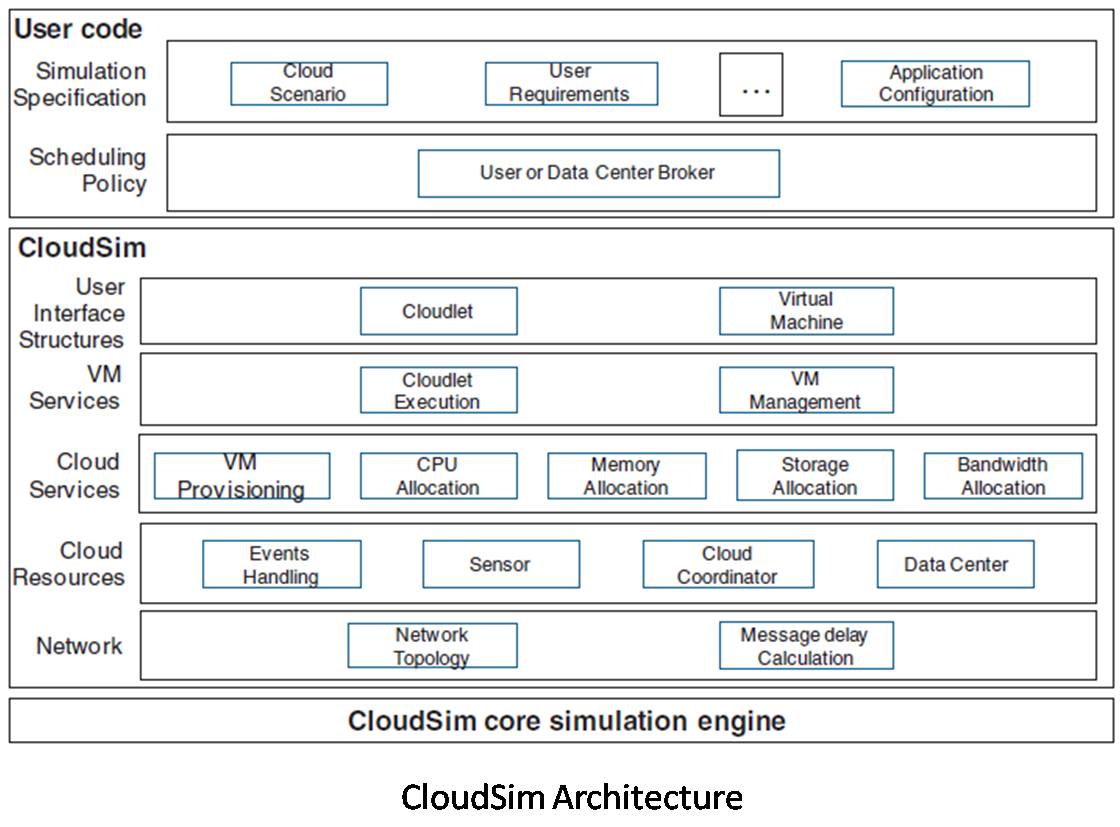
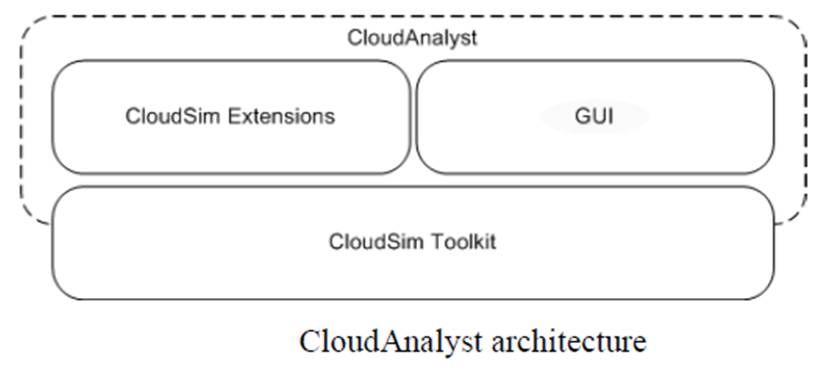
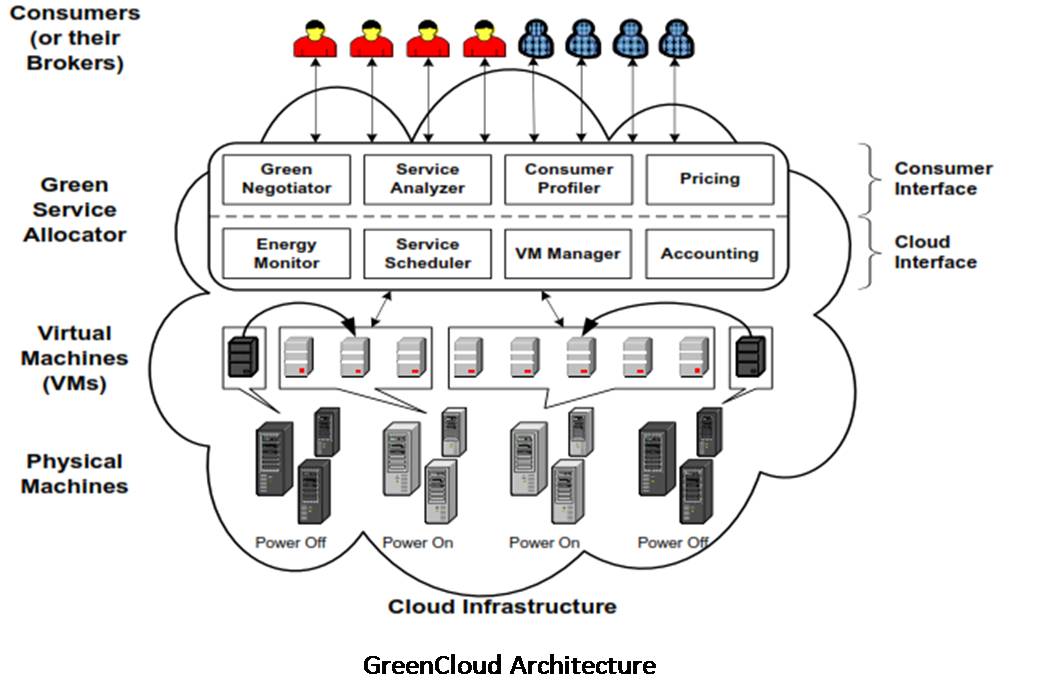
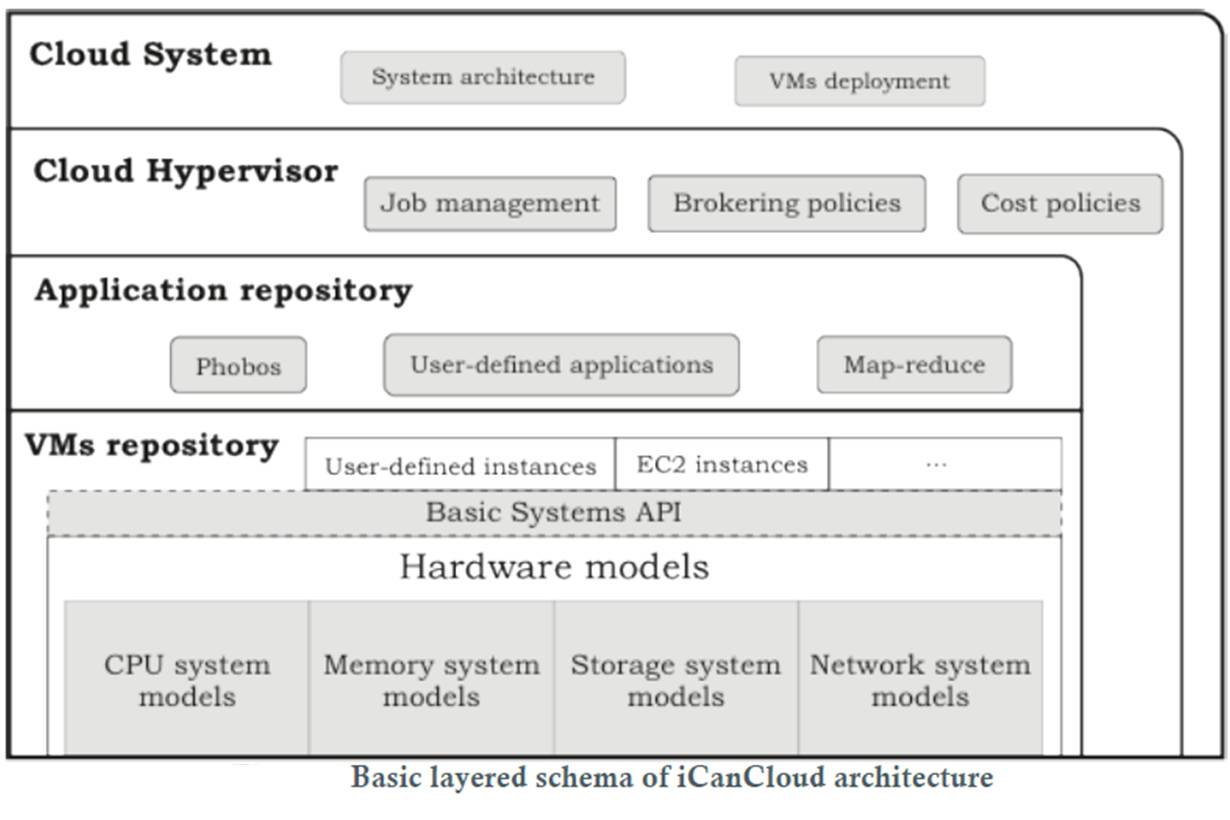
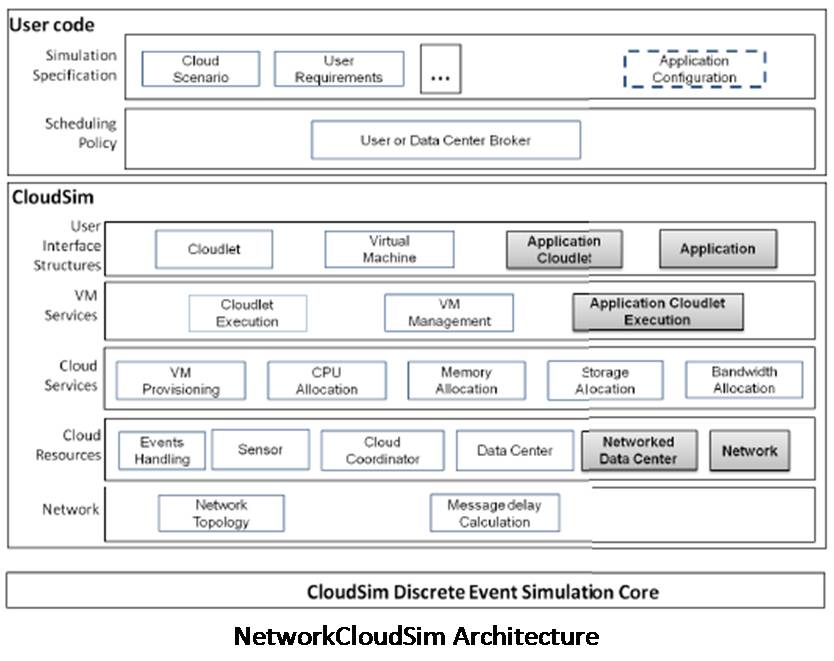
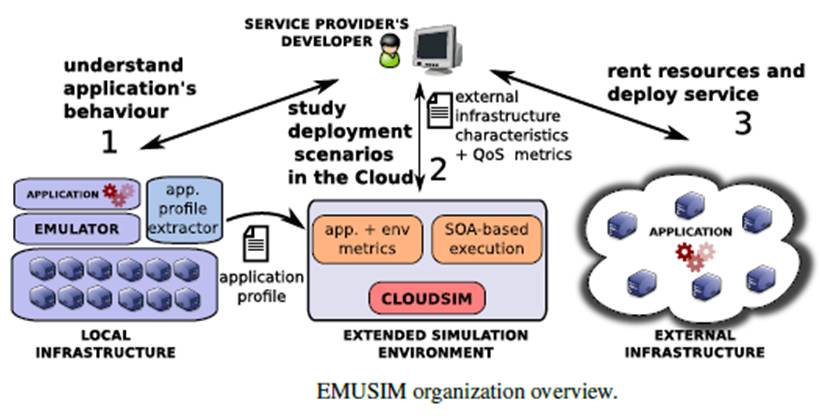
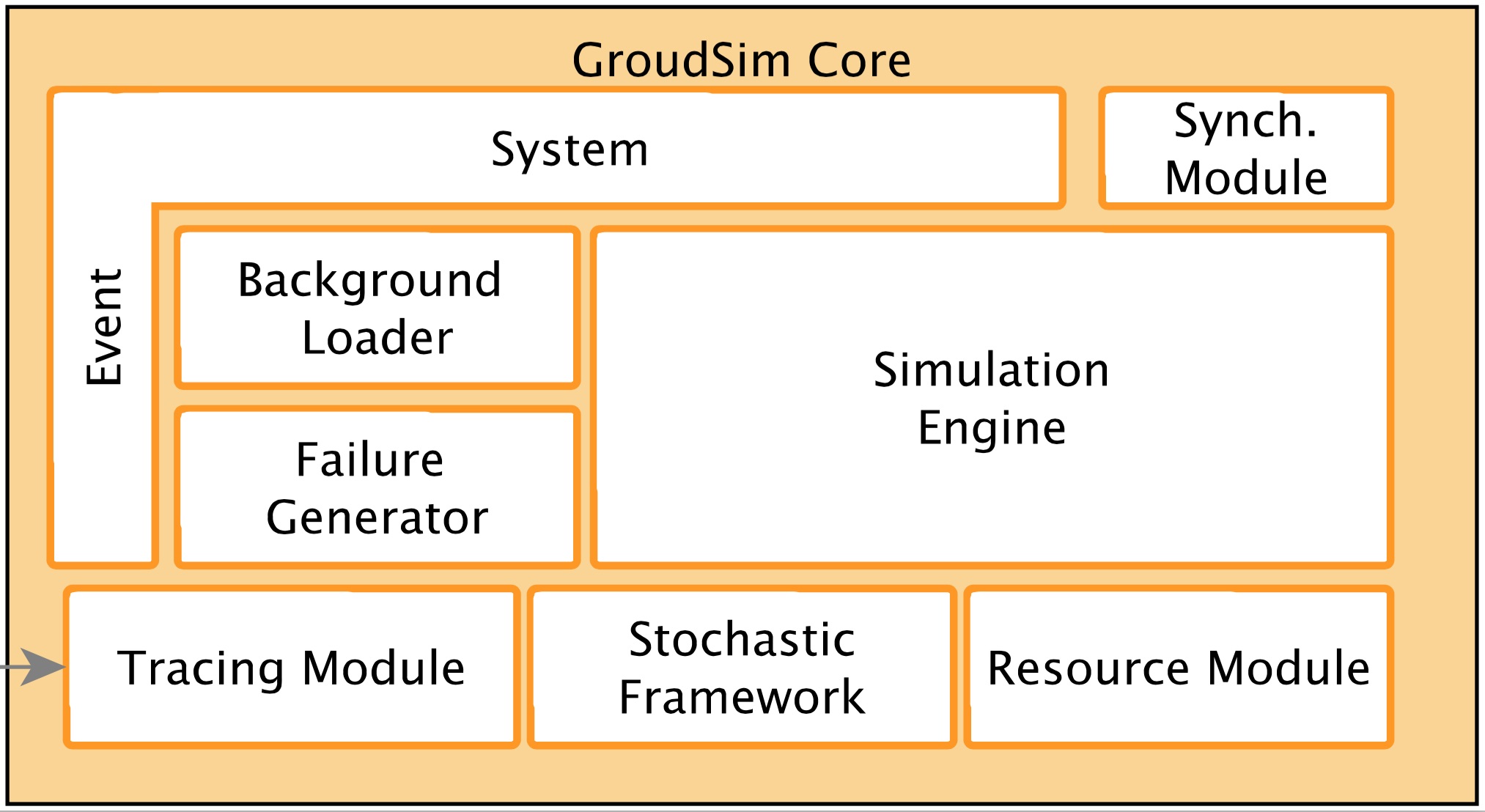

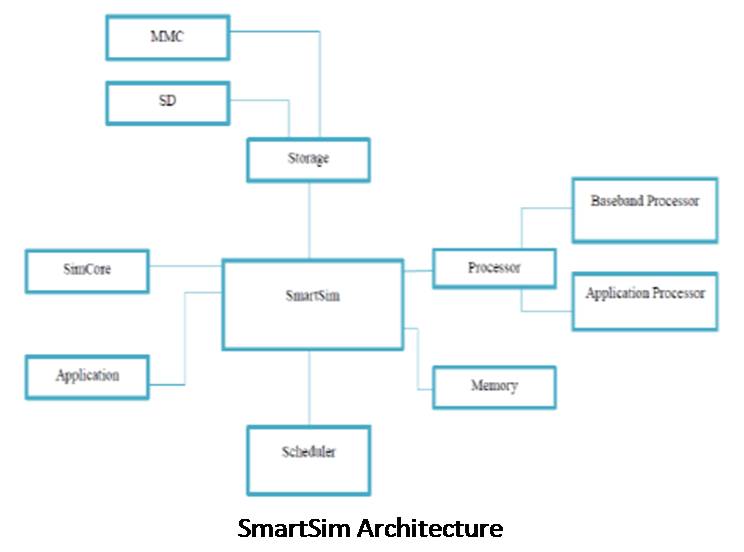
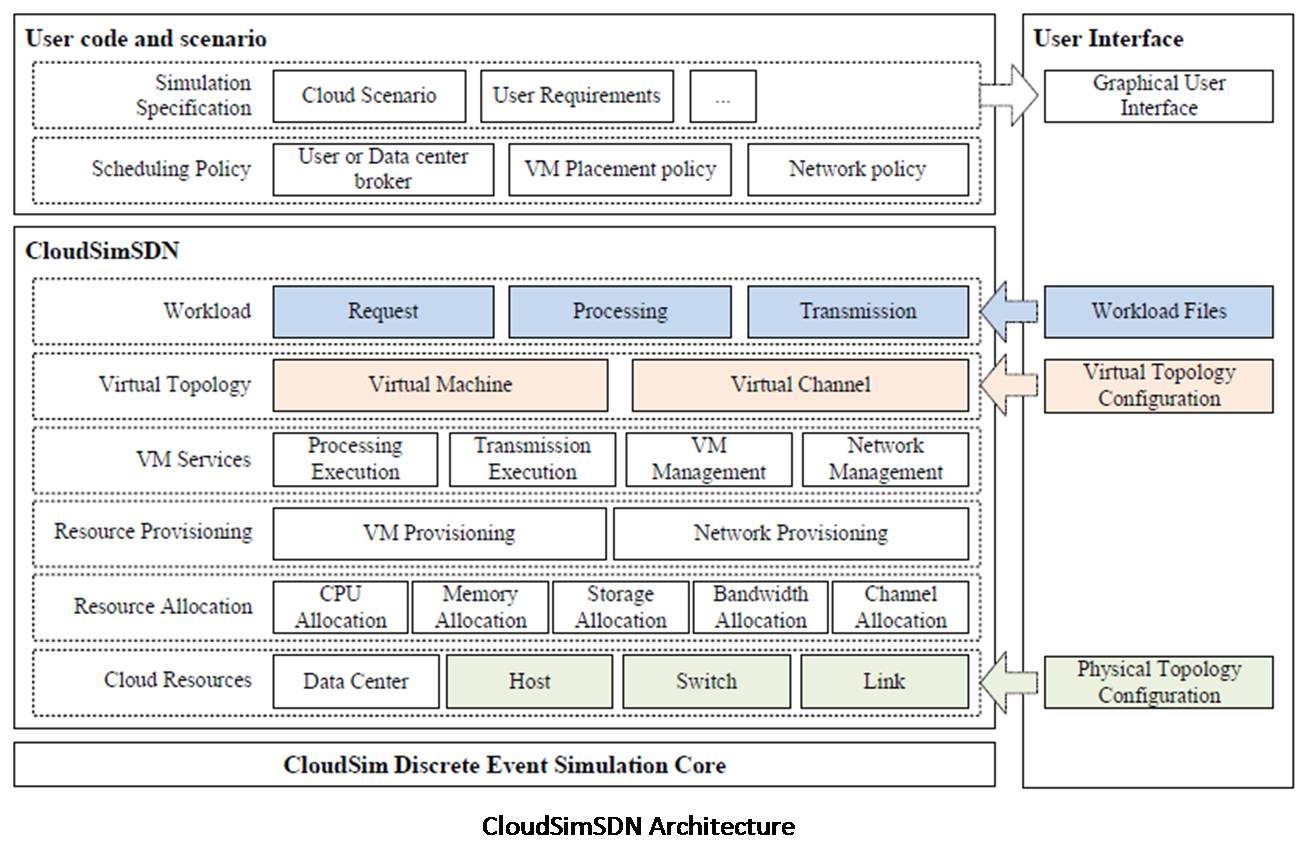
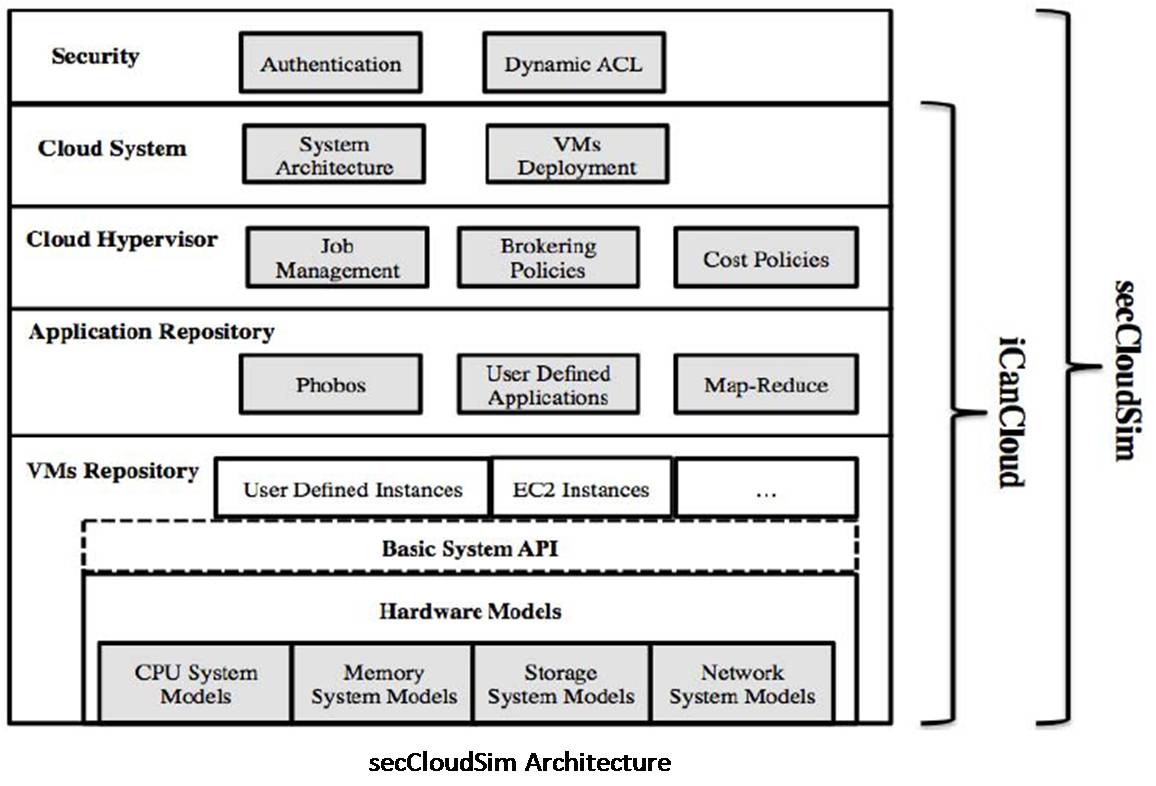
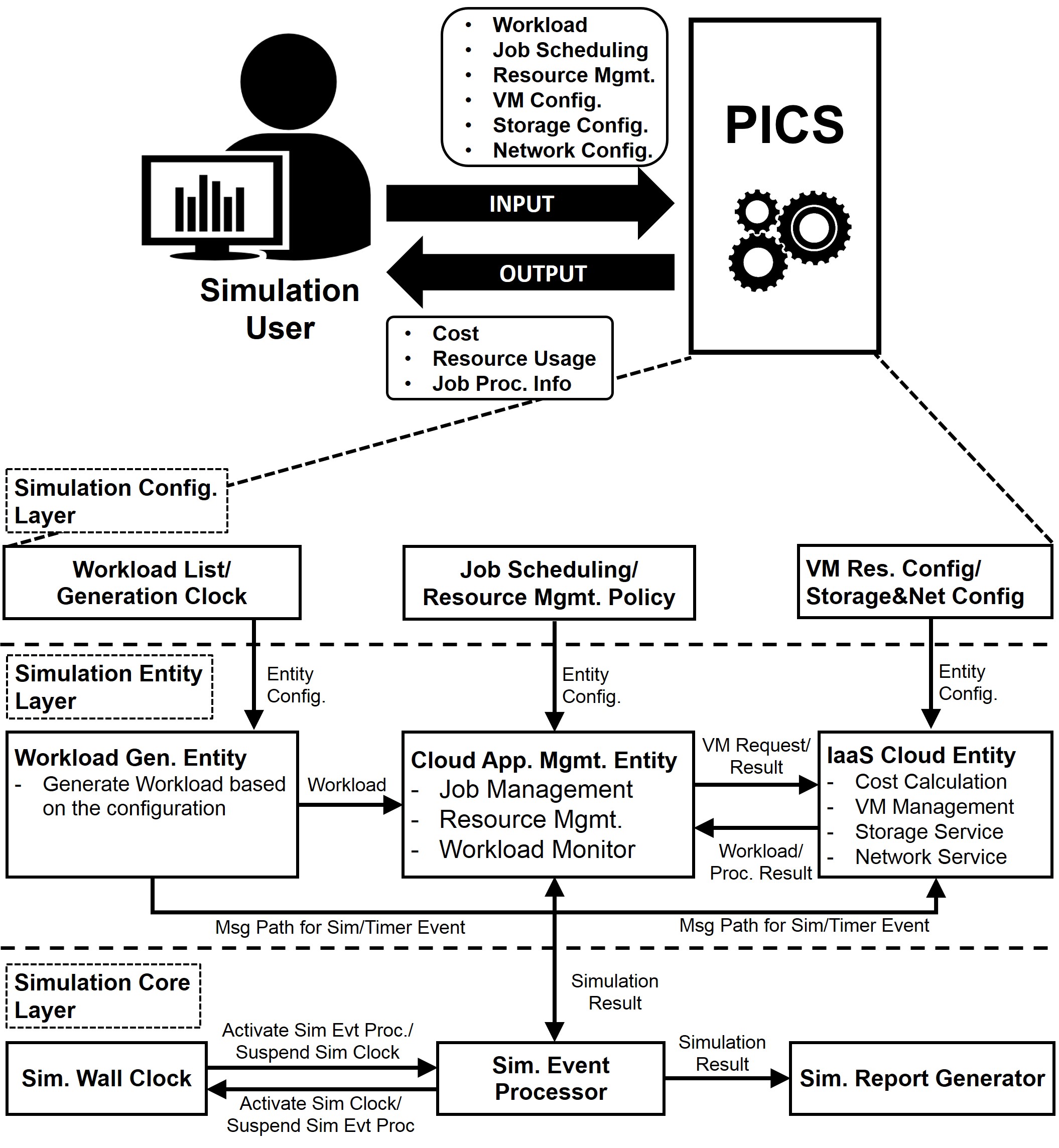
Leave a Reply